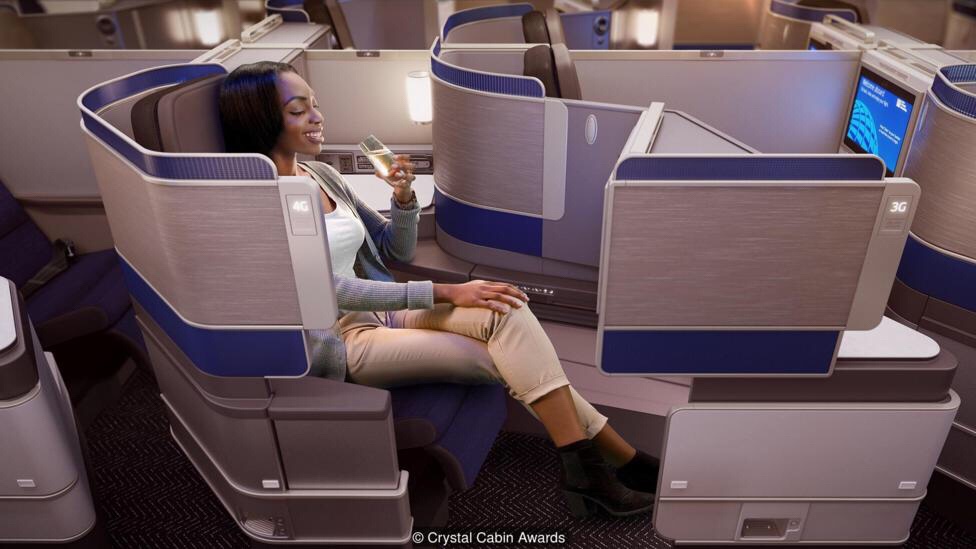The last major thing to happen in aviation was perhaps the advent of Concorde. After that is stretching the already existing aircraft, adding a deck above or stretching the upper deck. But in reality, even if we believe this argument there is still a lot happening in the aviation world. And of course there is a lot of stuff out there that is still a concept, yet to see the light of the day and tried one day.Even though there is nothing that we see in black and white still the innovations that are transforming air travel are happening all the time. Air travel is changing fast, in ways that often escape the eye, and a lot of the major changes are happening inside the cabin.
Just like the improvements in your latest smartphone most of the changes are happening are usually behind-the-scenes improvements that increase comfort and efficiency of air travel. The Crystal Cabin Awards is an annual event where awards are given to inventors and designers who’ve come up with bright ideas to improve what is inside the cabin. Whether it is for passengers or flight crew, or people like Micheal O Leary who wants to increase their yields.
So who are the winners of this year’s Crystal Cabin Awards and how will they change the way we fly?
One of the most interesting developments which may well prove to be the most practical and enduring. Airbus and Recaro have mounted airline seats on rails, so that seating configuration can be easily adjusted by the cabin crew, depending on the load in different classes on different flights. And best of all, this new seating comes with fold-up seats. It’s such an obvious idea, you wonder why no-one ever thought of it before.
Myseat serves as a personal guide for travellers (Credit: Crystal Cabin Award)
Another interesting development is by Diehl Aerospace, in collaboration with Lucerne University of Applied Sciences & Arts. Together they have found a way of combining power and data cables. As a result, this will considerably reduce wiring, weight and volume, reducing fuel consumption and cutting back on CO2 emissions.
One of the most important innovations in the cabin is going to make many frequent travellers happy as it is going to affect their travel a lot. As frequent flyers know too well, carry-on luggage is a major headache. On crowded flights, getting everyone’s hand baggage stowed in the overhead bins takes ages, and this is an industry where every minute on the ground is dead money. So for both passengers and airlines, it is important to get this sorted and if technology can help in this area it will be a great help.
And a company called Zodiac Aerospace have come up with a solution. This new solution is called the ECOS Baggage System (ECOS stands for Efficient Cabin, Open Space). Like all the best ideas, it’s relatively basic. A green light above each locker door lights up when there’s still space inside, and only goes out when it’s full. Cabin crew have an even smarter handheld device, which shows red, yellow and green logos for each locker, depending on whether it’s full, half-full or empty. Remarkably, this simple system increases capacity by nearly 40% – and it speeds up boarding, too.
Photo 3
Waste disposal is a huge problem everywhere and it’s no surprise that this is another big nuisance on board. The Airbus ReTrolley is half the size of a regular trolley, yet it recycles passengers’ rubbish as cabin crew push it through the cabin. There’s a foot pump for compressing larger items and it has separate compartments for organic and liquid waste.
Photo 4
On the other hand, researchers at Hamburg University of Applied Sciences have developed a customised wheelchair with a special seat that slots straight over the toilet, turning an awkward ordeal into a straightforward routine. It has always been a challenge to use aeroplane toilet and with this innovation, things will drastically improve for passengers.

